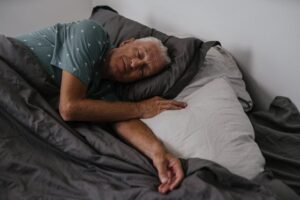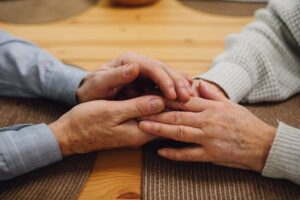Falls pose a significant health risk for older adults in Canada, leading to many injuries and hospital stays. The Public Health Agency of Canada reports that falls are the most common type of injury among elderly Canadians. About one in three Canadian seniors aged 65 and older experiences at least one serious fall each year. These incidents are especially worrying for older adults and often result in many hospital visits, as well as the need for surgeries like hip replacements, knee surgeries, and ankle procedures.
As communities and health care systems work to support the aging population, understanding the impact of falls and how to prevent them becomes crucial.
The chances of falling increase with age, with women being twice as likely to fall as men due to factors like differences in bone strength and overall mobility.
Statistics Canada shows that among seniors, 9.9 per cent of those aged 65–74, 11.4 per cent of those aged 75–84, and 13.5 per cent of those aged 85 and over suffer from fall-related injuries. As seniors grow older, their balance, strength, and coordination often decline, making them more prone to falls. Additionally, chronic conditions such as arthritis, diabetes, and heart disease can further reduce physical function and raise the risk of falling.
The consequences of falls can be serious, causing chronic pain and limiting mobility. Even after surgeries like hip or knee replacements, many older adults may need tools like walkers or canes to move around. The Canadian Longitudinal Study on Aging reveals that over one-third of seniors who do not fully recover from fall-related injuries may end up in long-term care facilities. This transition from living independently to needing long-term care can be emotionally and financially challenging for seniors and their families.
The fear of falling has significant psychological effects. Seniors who see themselves as likely to fall may restrict their physical activities, travel, and social interactions. This self-imposed limitation can lead to increased loneliness, depression, and a lower quality of life, as noted by the National Institute on Aging. The worry about falling again can create a harmful cycle where reduced activity leads to more physical decline, increasing the risk of future falls.
Dealing with the issue of falls among older adults requires a comprehensive approach. Public health campaigns can raise awareness and educate people on strategies to prevent falls. These methods include regular exercise programs focused on improving balance and strength, making changes at home to reduce tripping risks, and getting regular vision and hearing check-ups. Health care professionals are essential in assessing the risk of falls and recommending suitable interventions.
As our society continues to age, prioritizing the safety and well-being of seniors should be a top priority for families, caregivers, communities, and health care systems. By raising awareness and promoting preventive measures, we can work towards decreasing the number of falls, and enhancing the quality of life, for elderly Canadians.








